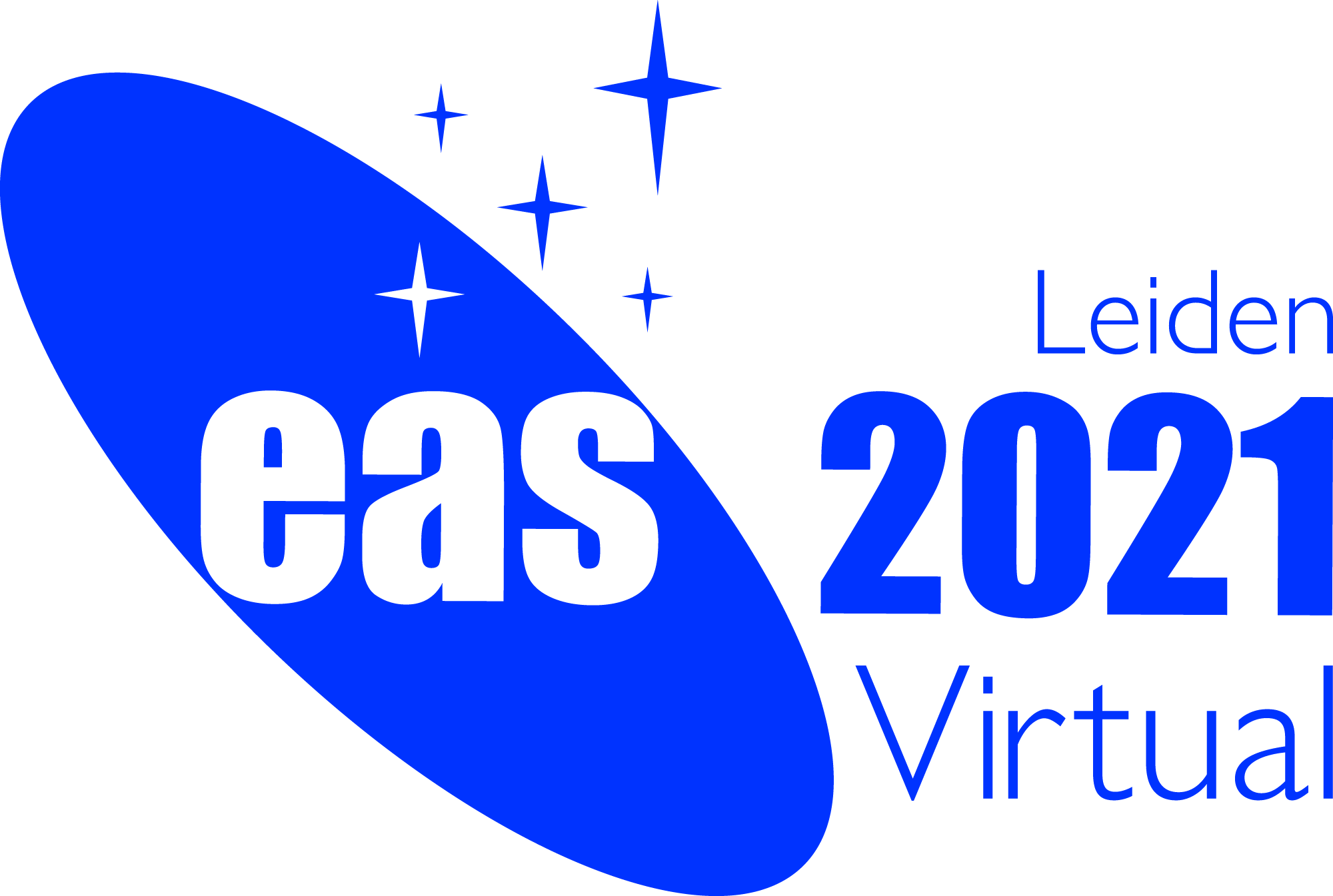Special Session SS11
29 June 2021
Extreme astrophysics at extremely high resolution

Aims and scope
This session aims to highlight the latest scientific results of high-resolution radio instruments, such as the European VLBI Network (EVN) and similar arrays, with particular focus on the synergies with high resolution and high energy phenomena across the electromagnetic spectrum. From the connection between radio-jets and neutrino emission to the latest observations of Fast Radio Bursts and stellar evolution, we expect a wide range of presentations covering the current hot topics of multi-wavelength and multi-messenger astrophysics.
We would particularly like to have a platform for early career and minority researchers, and encourage participants who identify as such to apply for a contributed talk. Poster submissions are accepted for this session, and we intend to allocate poster pitch presentations of one minute.
This event has received funding from the European Union's Horizon 2020 research and innovation programme under grant agreement No 7308844 (JUMPING JIVE).
Programme
The topics covered in this session are very broad, from Galactic star formation to super-massive black holes, and from multi-wavelength to multi-messenger studies. Our goal is to highlight the scientific possibilities that can be achieved when joining VLBI with other observational techniques. However, more technical oriented contributed talks are also welcome. Please contact the organisers if you are not sure your presentation would fit in.
- Unraveling the physics of supermassive black holes
The major leap in spatial resolution provided by the Event Horizon Telescope has revealed emission from hot plasma emerging from the close vicinity of the central black hole in M87 delineating its shadow. Additional studies will open up this field further. In this topic we bring together theorists and observers to present the latest results in understanding accretion physics and jet launching mechanisms.
- Combining multi-messenger with VLBI to localize high-energy phenomena
The Universe also carries information in neutrinos and gravitational waves. The origin of these are often the most energetic processes, associated with strong electro-magnetic emission at radio frequencies. VLBI is ideal for localizing these phenomena.
- Studying extreme regions in the Universe
Multi-frequency studies reveal important information about physical processes from all regions that emit at radio frequencies. Typically, these are also extreme regions, such as the birth places of (massive) stars, binary systems, and powerful jets emitted by black holes. This topic focuses on the potential of joining forces with observations from over the entire electro-magnetic spectrum.
Invited speakers
For this session there will be invited talks of 25 minutes and solicited talks of 15 minutes, by a range of experts invited by the SOC. There is room for a limited number of contributed talks. The session accepts posters and will allocate time for brief poster pitch talks.
Confirmed invited speakers:
- Olga Bayandina (JIVE, the Netherlands)
- James Chibueze (North-West University, South Africa)
- Dorit Glawion (Friedrich-Alexander-University of Erlangen-Nürnberg, Germany)
- Michael Janßen (MPIfR, Germany)
- Franz Kirsten (Chalmers University of Technology, Sweden)
- Raffaella Margutti (Northwestern University, USA)
- Monika Mościbrodzka (Radboud University, the Netherlands)
- Kenzi Nimmo (ASTRON/University of Amsterdam, the Netherlands)
- Alexander Plavin (Astro Space Center of Lebedev Physical Institute, Russia)
- Robert Stein (DESY, Germany)
Scientific organisers
- Ilse van Bemmel (JIVE, The Netherlands, chair)
- Kazi Rygl (INAF - IRA, Italy, co-chair)
- Anna Bartkiewicz (Nicolaus Copernicus University, Torun, Poland)
- Manisha Caleb (Manchester University, UK)
- Anna Franckowiak (Ruhr-University Bochum, Germany)
- Giancarlo Ghirlanda (OABrera - INAF, Italy)
- Sara Issaoun (Radboud University, Nijmegen, The Netherlands)
Contact
Ilse van Bemmel: bemmel @ jive.eu
Kazi Rygl: kazi.rygl @ inaf.it
Updated on Fri Jan 29 16:34:37 CET 2021
|

 A power cut will shut down all EAS services on Tuesday, 10 January 2017 starting at 7:30 CET.
A power cut will shut down all EAS services on Tuesday, 10 January 2017 starting at 7:30 CET.


